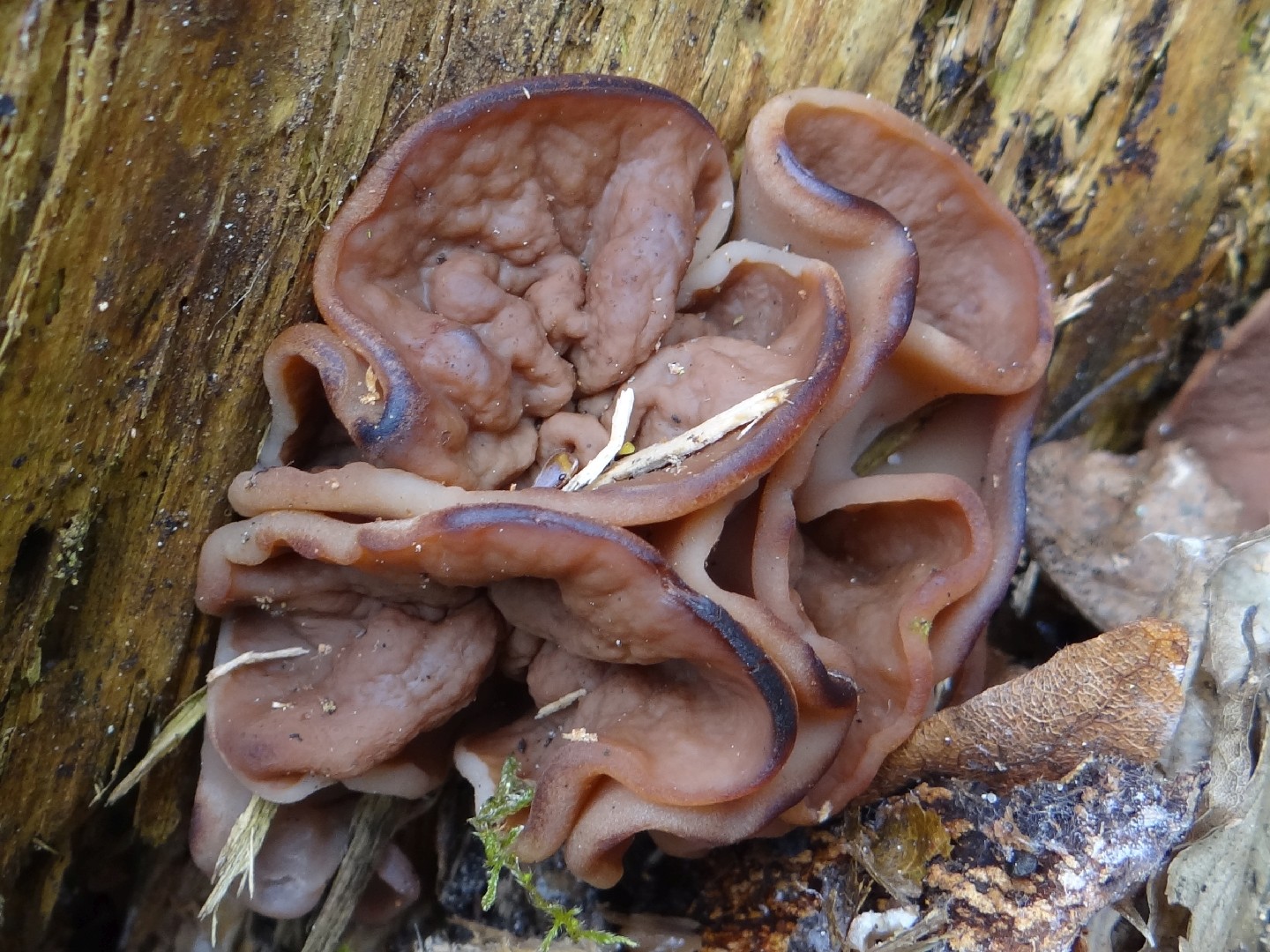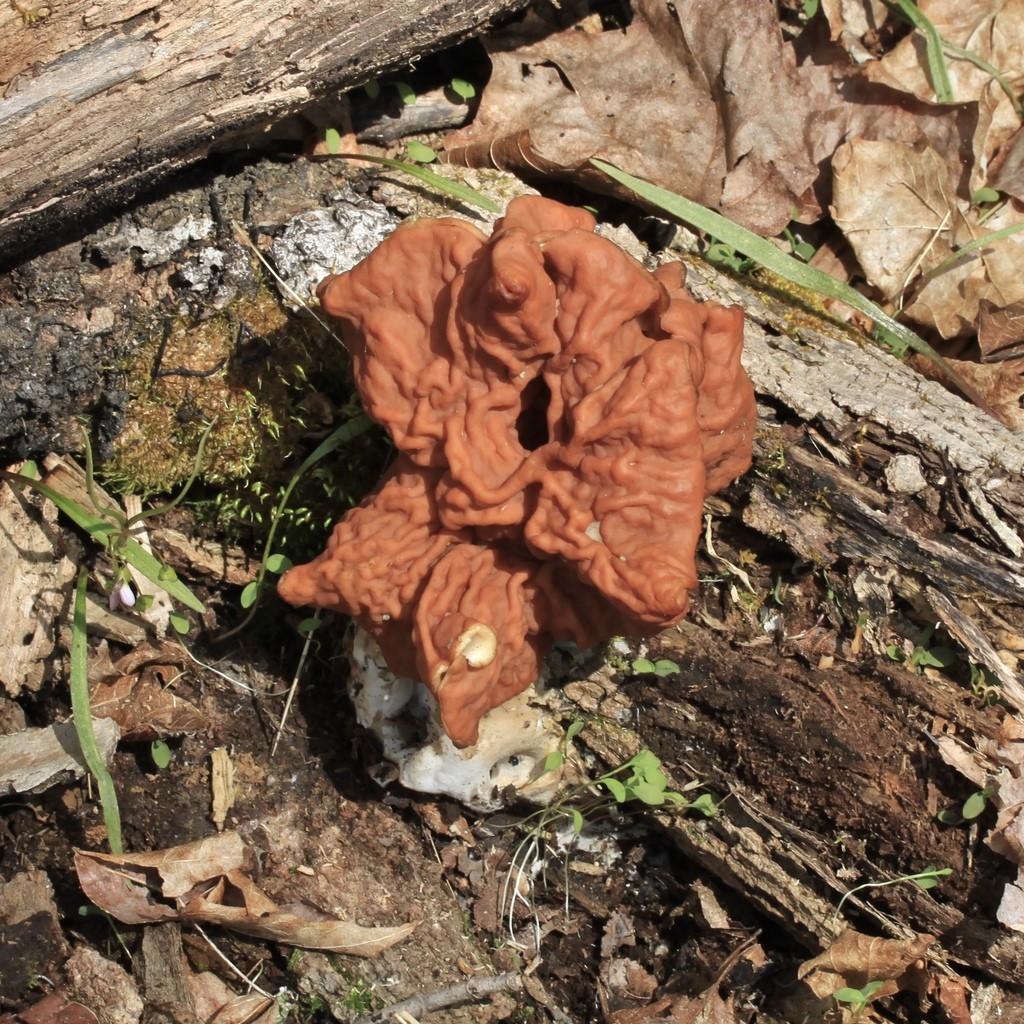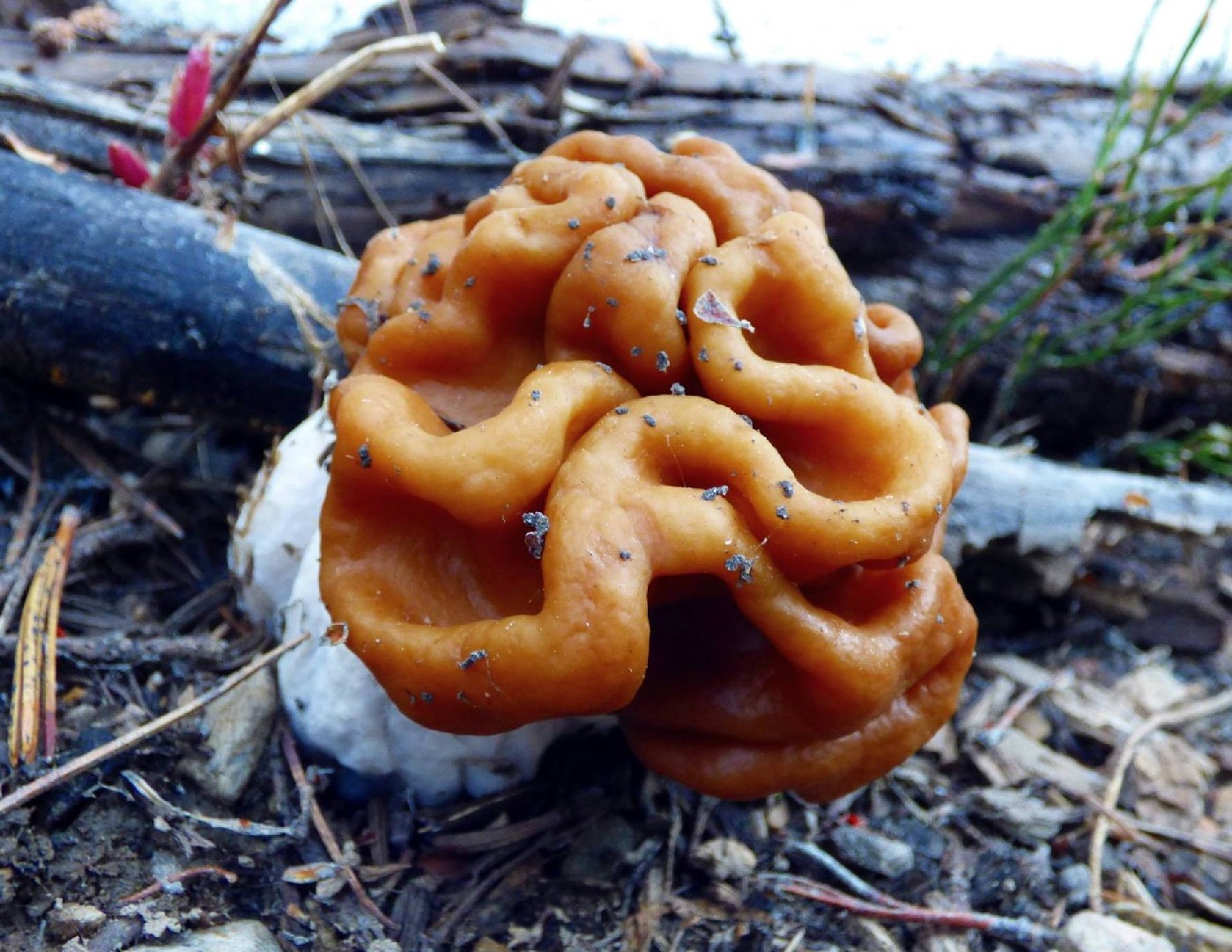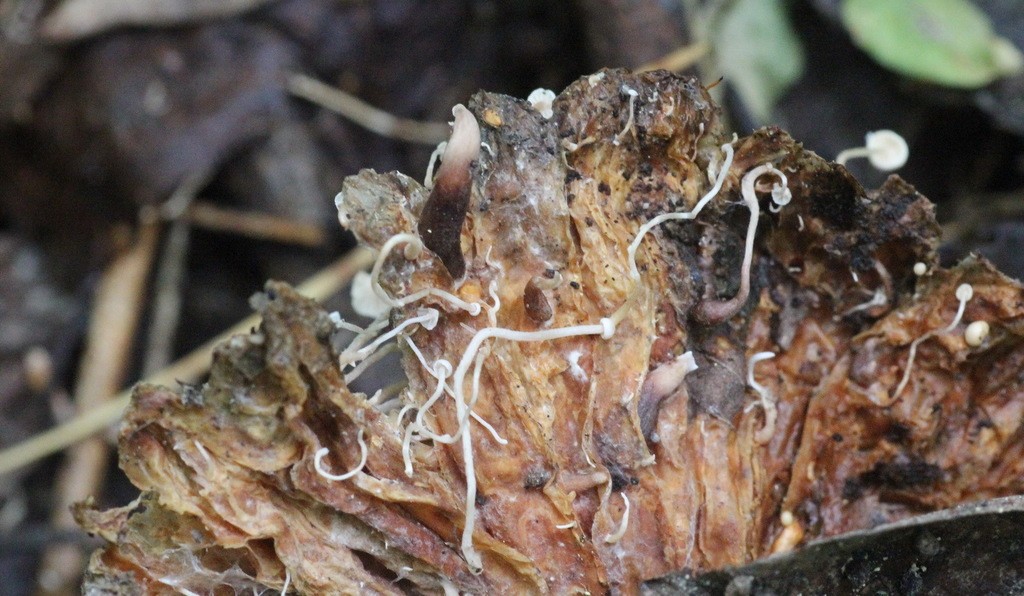Discina
Scientific name: Discina
Discina
Scientific name: Discina
 Photo By Jerzy Opioła , used under CC-BY-SA-4.0 /Cropped and compressed from original
Photo By Jerzy Opioła , used under CC-BY-SA-4.0 /Cropped and compressed from original Description
Discina is a fascinating group known for its interesting cup-like shape, which often resembles a small, shallow dish. They usually thrive in forested areas and are often found on decaying wood or soil rich in organic material. These fungi exhibit an intriguing feature where the spore-producing surface is exposed, making them visually distinctive. A special member of this group has shown resilience by thriving at higher elevations and colder climates than many other related fungi.


